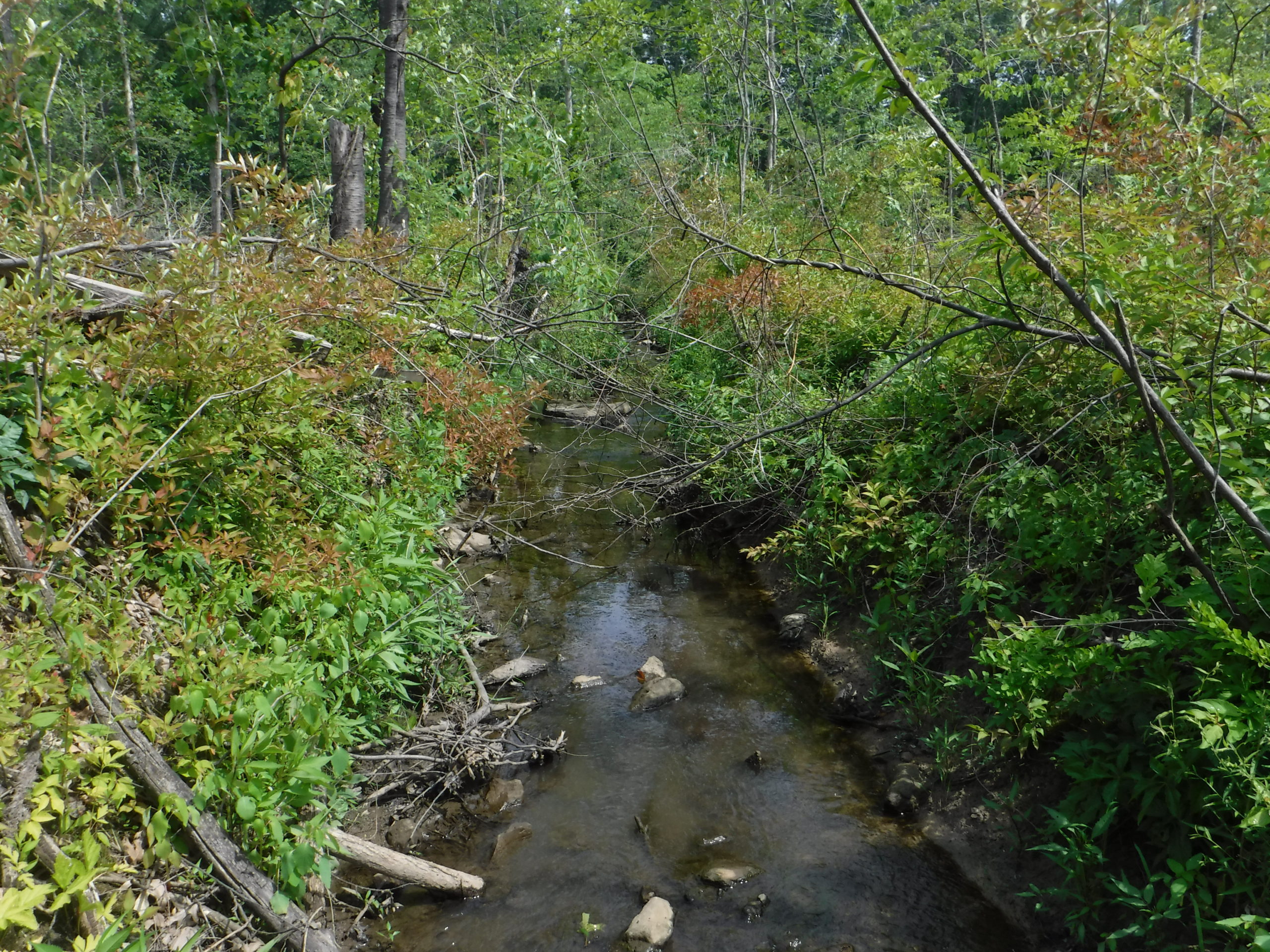Lake Avenue Stream and Wetland Restoration Project



The Lorain County Community Development Department, with the assistance of Coldwater, received a grant from Ohio EPA to partially fund the Lake Avenue Stream and Wetland Restoration Project. The project is located on a tributary to the Black River known as Clinton Avenue Ditch. The Black River is a Lake Erie tributary and a Great Lakes Area of Concern. The County received $295,000 from the Ohio EPA’s Section 319(h) Non-Point Source Program to construct approximately 1,950 linear feet of natural, meandering stream channel that is reconnected to a restored floodplain wetland.
During an assessment of Clinton Avenue Ditch, Coldwater determined that the stream reach on the project site had been relocated from the historic flow path, straightened, and channelized. The goal of the project was to restore the channelized and incised reach to a more natural, meandering stream system, and to enhance wetland hydrology by reconnecting the channel to the floodplain. Existing wetlands on-site lacked connections to the stream channel, resulting in minimal hydrologic and plant diversity on the site. Non-wetland and invasive plant species had become established in some areas.
The stream and wetland restoration project involved the construction of a new meandering stream channel through the central portion of the site. The design included raising the bed along sections of the channel to restore wetland hydrology and ensure connectivity between the stream and the existing floodplain wetland. In-stream habitat structures were installed, including 47 riffle/pool sequences and grade control structures. Six floodplain wetlands were constructed along the relocated channel to improve wetland hydrology and provide a secondary detention benefit to the watershed. Wetland plant diversity was restored through removal of invasive species and planting with native herbaceous, shrub, and tree species.
Coldwater services began with grant application assistance and continued though project design and implementation. Construction of this restoration project was completed in 2019.
Stream Restoration
In-Stream Grade Control
Wetland Restoration
Hydrologic & Hydraulic Modeling
Grant Writing
Native Planting Plans
Invasive Species Control
Biological Assessments
Environmental Permitting
Public Outreach
Construction Management